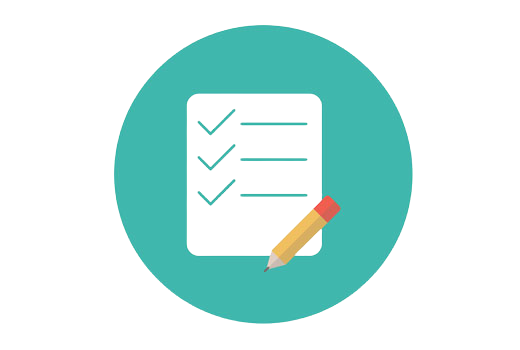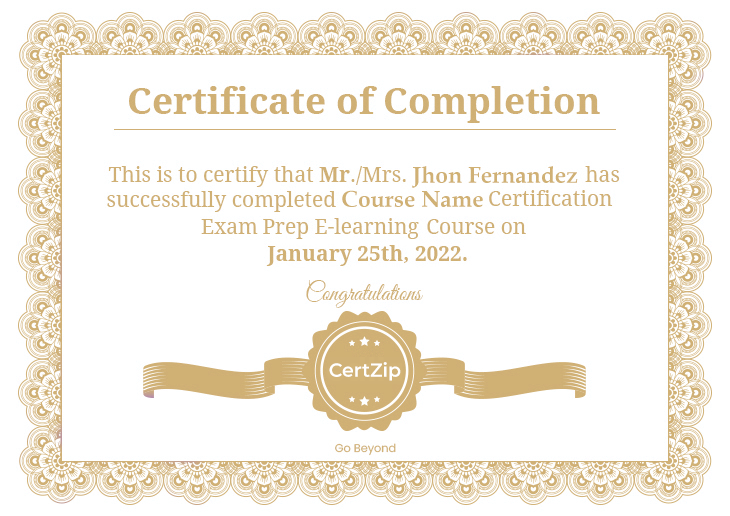Your Shopping Cart

Bestseller
The PMI-PBA (Project Management Institute - Professional in Business Analysis) certification is a globally recognized credential that focuses on business analysis within the context of project management. It is designed for professionals who work in business analysis roles, especially those who are involved in projects or project management. Here's a detailed description of the PMI-PBA certification: The PMI-PBA certification serves to validate a professional's expertise in business analysis practices, principles, and methodologies, particularly as they relate to project management. It demonstrates a candidate's ability to bridge the gap between business needs and project outcomes.
The PMI-PBA exam content is organized into five domains, each representing a key aspect of business analysis in a project context:Needs Assessment and Planning: Focuses on understanding business needs, defining project objectives, and planning for effective business analysis activities.Stakeholder Engagement: Covers strategies for engaging with stakeholders, gathering requirements, and ensuring their involvement throughout the project. Requirements Elicitation: Addresses techniques for gathering and documenting requirements, including interviews, surveys, observations, and workshops.Requirements Analysis and Traceability: Explores how to analyze and prioritize requirements, ensuring traceability from needs to solution.Solution Evaluation: Examines methods for assessing and validating the project solution to ensure it meets business objectives and requirements.
Answer: The PMI-PBA certification is a globally recognized credential that validates your expertise in business analysis within the project management context. It's valuable for professionals looking to enhance their career in business analysis, project management, or related roles, as it demonstrates competency in aligning project deliverables with business needs.
Answer: To be eligible for the PMI-PBA exam, candidates typically need to have a high school diploma or equivalent, along with 4,500 hours of business analysis experience and 2,000 hours working on project teams within the last eight years. Additionally, candidates must have completed 35 hours of professional development in business analysis.
Answer: The PMI-PBA exam is a computer-based test that consists of 200 multiple-choice questions. It covers five domains: Needs Assessment and Planning, Stakeholder Engagement, Requirements Elicitation, Requirements Analysis and Traceability, and Solution Evaluation. These domains encompass various business analysis principles and practices.
Answer: PMI does not publicly disclose the specific pass rate for the PMI-PBA exam. The exam is scored based on a predetermined standard for proficiency, and the passing score is not disclosed. Candidates are informed whether they passed or failed after completing the exam.
Answer: PMI provides official resources to help candidates prepare for the PMI-PBA exam, including the PMI-PBA Handbook, which outlines the exam content and eligibility requirements. You can also find study guides, practice exams, and training courses from PMI and third-party providers to support your exam preparation.
Topics Covered
Topics Covered
Topics Covered
Topics Covered
Topics Covered
Topics Covered
What is Agile?
Topics Covered
Topics Covered
Topics Covered
Topics Covered
Topics Covered
Topics Covered
Interview
Topics Covered
Topics Covered
Topics Covered
Answer: The application process involves submitting your qualifications and experience for review by PMI. You can apply online through the PMI website. Ensure that you meet the eligibility criteria and provide accurate information in your application, as PMI may audit applications randomly.
Answer: Yes, the PMI-PBA certification is recognized worldwide and applies across various industries. Business analysis principles are applicable in many domains, including IT, healthcare, finance, and more. This certification can benefit professionals working in diverse sectors.
Answer: The study timeline can vary based on individual experience and familiarity with the exam content. On average, candidates may dedicate several months to study for the exam, including reading study materials, taking practice exams, and reviewing their knowledge.
Answer: Generally, there are no strict prerequisites for enrolling in PMI-PBA training or courses. However, it's beneficial for candidates to have some foundational knowledge of business analysis or project management concepts before pursuing more advanced training.
Answer: If you do not pass the PMI-PBA exam on your first attempt, you have the option to retake it. PMI allows candidates to retake the exam up to two more times within one year of their eligibility period. Candidates must pay an exam reexamination fee for each retake attempt.


Every certification training session is followed by a quiz to assess your course learning.

The Mock Tests Are Arranged To Help You Prepare For The Certification Examination.

A lifetime access to LMS is provided where presentations, quizzes, installation guides & class recordings are available.

A 24x7 online support team is available to resolve all your technical queries, through a ticket-based tracking system.

For our learners, we have a community forum that further facilitates learning through peer interaction and knowledge sharing.

Successfully complete your final course project and CertZip will provide you with a completion certification.
Answer: The PMI-PBA exam is not adaptive. All candidates receive the same set of questions within the exam. The questions are selected from a pool of pre-approved questions designed to assess a candidate's knowledge of business analysis practices.
Answer: The PMI-PBA certification is valid for three years from the date of certification. To maintain it, you must earn 60 Professional Development Units (PDUs) in business analysis-related activities within each three-year renewal cycle. PDUs can be earned through various educational and professional development activities.
Answer: As of my last knowledge update in September 2021, PMI-PBA exams were typically administered at Pearson VUE testing centers. PMI introduced online proctored testing options for some of its exams in response to the COVID-19 pandemic, but availability may vary by location and over time. It's advisable to check PMI's official website for the latest information on exam delivery options.
Answer: Yes, the PMI-PBA certification is designed for professionals with practical experience in business analysis. Candidates are required to have a specified number of hours of business analysis experience, making it beneficial to gain some experience in this role before pursuing the certification.
Answer: PMI does not publicly disclose specific pass rates for its exams. The pass rate can vary from one exam session to another. To prepare for the PMI-PBA exam, it's advisable to use PMI's official study materials, including the PMI-PBA Handbook, reference materials, and study guides. Additionally, practice exams and training courses from reputable providers can be beneficial for exam preparation.
